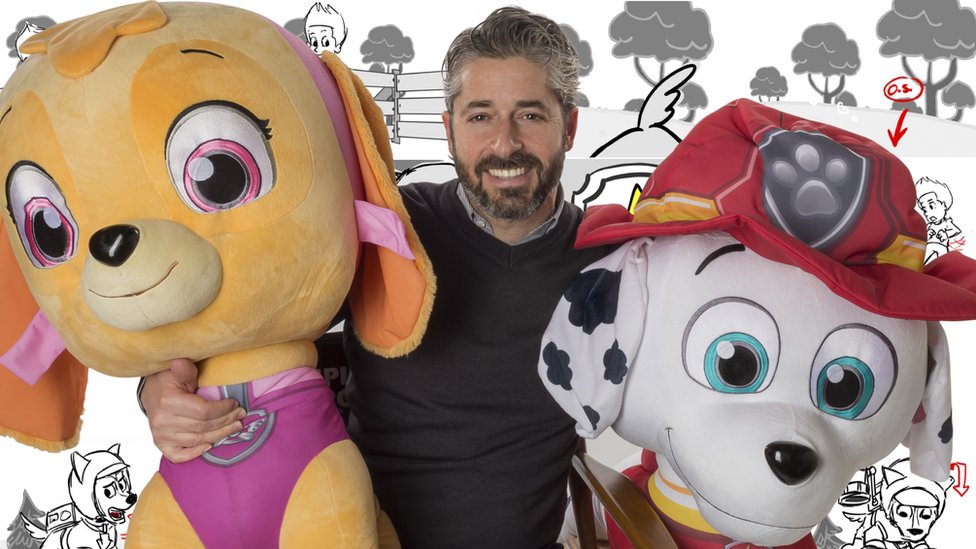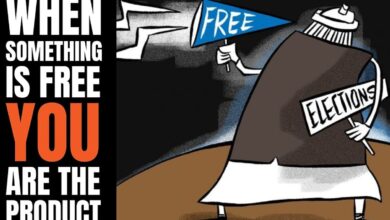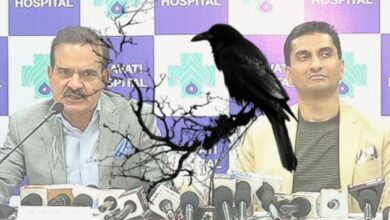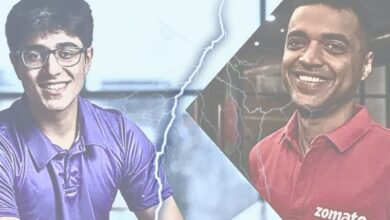Monster successes

The stories may be fun, but there is some serious money to be made from children’s TV programmes.
For the shows that catch the imagination of kids around the world, pots of cash can be made, not only from the programmes itself, but from toys, merchandising, clothes, books, theme parks, and stage shows.
But for every idea that turns into a global phenomenon like Octonauts or Peppa Pig, there are thousands of talking animals that don’t make the grade.
So how do you make sure your cute creatures become a monster hit?
The builder
Keith Chapman is an unassuming millionaire. He is the man who came up with the concept of Paw Patrol, the global smash for young children. He also dreamt up Bob the Builder, a $5bn (£3.7bn) franchise which is getting on for two decades old, and still pulling in young fans.
Paw Patrol follows the adventures of a group of talking animated puppies, who also drive emergency vehicles.
The denizens of Adventure Bay call on the Paw Patrol whenever they get into scrapes, which needless to say, is every episode. The puppies seem to spend quite a lot of time rescuing the Mayor’s pet chicken.
Mr Chapman came up with the idea for Paw Patrol after being approached by Canadian toy company Spin Master, which wanted to develop a kids TV franchise evolved from ideas they had for an existing franchise called “Bakugan”.
Spin Master wanted to take the idea a stage further with a transforming toy based on emergency vehicles.
Mr Chapman came up with Robbie and the Rescue Dogs – a group of puppies with different skills sets, led by a boy.
In each episode, the pup’s leader Ryder briefs the pups using a kind of jazzed-up PowerPoint presentation, and then decides which pups to send to sort out the problem.
They slide out of their helter-skelter to a pounding rock theme tune, drop into their transformed emergency vehicles, and away they go.
It takes a lot of effort to produce each episode. The number of animators has increased to around 150, and the franchise is worth more than $1bn each year to Spin Master, the BBC understands, including licensing, toys and other spin-offs.
Mr Chapman has had not one, but two global kids’ TV hits, as Bob the Builder has also been a world-wide runaway success.
He tested Bob the Builder at the time on his sons – and can now test out new ideas on his baby daughter Daisy with his girlfriend Emily.
So what makes a kids’ show so popular?
“If you were to sit there and throw it into a cauldron, this magic formula… You need great characters, hero characters,” Mr Chapman says.
Also, don’t underestimate your audience, he adds.
“Kids are much smarter than we think. If you don’t keep them entertained and glued to the screen – that’s where you fall down.
“You need the heart [of the show] to be strong. You’ve got to have an emotional hook. It’s all light and dark. You’ve got to have emotional moments. It’s almost a reflection of real life.”
But it helps if you have access to cash to begin with, he says.
“Really it’s just being prepared to invest. The best animators, the best script writers, the best music – then you stand a chance of success.”
Earth Buddy
The founders of Spin Master got their first big break selling toy heads made of nylon stockings stuffed with sawdust that grew grass seed hair.
Initial success with the “Earth Buddy” let Spin Master diversify into toy aircraft. It later bought model construction firm Meccano, and now owns brands including Hatchimals.
Ronnen Harary is the billionaire co-founder and co-chief executive of Spin Master, who entirely coincidentally happens to look very like the Ryder character in Paw Patrol.
Was Mr Harary the inspiration for the character? “Why dispel the myth?” he says. “I’ve denied it, but no one believes me.”
The success of Paw Patrol is down to many factors, he says, including “love”, talented production staff, and luck.
“Paw Patrol was created collaboratively and with a lot of love. With love comes attention to detail… Carefully thinking through every aspect increases a property’s odds for success significantly.”
It’s primarily the content of the show that resonates with kids, he says.
“The premise of the show is all about teamwork and collaboration. Every episode there is a situation that needs to be solved.
“Every episode the Pups go out and do good. It’s universal messaging liked and loved around the world.”
But shows must be original, he says.
“The commonality we find with highly successful children’s animation is that the storytelling is vibrant,” he says. “The key components: fantastic writing, directors, voice talent, storyboard artists, must be there.
“That is where the similarity [between hit shows] stops. The stories are all dramatically different with distinct characters, pacing, styles, tone and messaging. If a show is replicating another show, the odds of success are reduced to single digits,” he adds.
Collaboration is key to getting the shows seen by large audiences, too. Spin Master managed to strike good partnerships, and started working with “preschool powerhouse” Nickelodeon early on in developing Paw Patrol, he says.
Nickelodeon is a kids’ cable TV brand owned by Viacom, and is responsible for global smashes such as Dora the Explorer.
The partnership helped Spin Master promote Paw Patrol, and the show was able to use Nickelodeon’s global licensing infrastructure, he says. Paw Patrol now airs in more than 160 countries and territories.
Adventures in Asia
Children’s TV is a global business, and the more different countries you can sell your product, the more money you make.
Like most of the industry, Silvergate Media, the company behind Octonauts and Peter Rabbit, has been targeting the vast consumer markets of Asia.
Peter Rabbit is “loved particularly in the English-speaking world, led by the UK where our revenues have more than doubled in the past two years,” says Ron Allen, Silvergate Media vice president.
But the biggest market for the quintessentially British creation Peter Rabbit, though, is… Japan.
“Beatrix Potter and Peter Rabbit have over 98% brand awareness [in Japan],” says Mr Allen.
“Our licensing programme there includes one of the biggest consumer promotions in kids licensing with the Bank of Mitsubishi, there is a Peter Rabbit-branded theme park, and even an exact reproduction of Hill Top outside Tokyo,” says Mr Allen.
For Octonauts, however, the next adventure is an assault on the world’s second largest economy, China.
The show follows the undersea adventures of a group of animal explorers led by polar bear Captain Barnacles, and the forthcoming fifth season of Octonauts will be produced alongside the state broadcaster, China Central Television.
CCTV is “in a unique position to reach kids throughout China”, says Mr Allen.
“CCTV’s endorsement also means our other partners in China, from broadcast to retail, are confident of Octonauts’ longevity in the market,” he says.
To reinforce their appeal in China, the fifth season will introduce a new character, a Chinese red panda called Min, and the Octonauts will go “down the Yangtze river for the first time,” Mr Allen says.
Rough or smooth?
The media industry, like many other sectors, has a reputation for being hard-nosed and cut-throat, and with billions of pounds at stake, it’s hard not to see why.
But does that extend to kids’ entertainment, despite the fluffy nature of the content?
Keith Chapman pulls no punches about the hard-nosed nature of toy sales.
“The retailers will pull you off the shelves immediately if you don’t sell. It’s quite ruthless. You’re soon off the shelves and out of it if you’re not doing well,” he says.
Ron Allen says kids’ media “is a business, and of course commercial objectives and revenue growth matters.
“However I’ve been in this industry in different roles for over 20 years and I think it is still exceptionally friendly, and relationships are paramount,” he says.
Ronnen Harary agrees. “At the end of the day, it is the kids’ entertainment industry, so we try not to take ourselves too seriously.”
Source: BBC
To Read Our Daily News Updates, Please Visit Inventiva Or Subscribe Our Newsletter & Push.




